In July 2017, Intex, one of India’s largest smartphone manufacturers, launched the Intex Aqua Selfie, which targets the growing Indian budget smartphone market. Built around a 1.3-Ghz quad-core Spreadtrum SC9832A chip set with 2GB RAM and 16GB of internal memory, the Intax Aqua Selfie boasts just about enough power for smartphone photography enthusiasts. The single-lens camera setup comes with a small 8Mp 1/4″ sensor, which helps keep the price down for the target market. There’s a wide-aperture f/2.0 lens, autofocus, LED flash, digital zoom, face detection, touch-to-focus, and video capabilities with Full HD 1080p@25fps movie capture. So the Intex Aqua Selfie has all the basic photography functions and capabilities at a very attractive price. Let’s see how it did in our industry-standard mobile photography tests.
Key camera specifications:
- 8Mp 1/4″ sensor
- f/2.0 lens
- 1.3Ghz quad-core Spreadtrum SC9832A chipset
- 2GB RAM
- 16GB internal storage, expandable up to 64GB
- HD 1920x1080p@25fps video
About DxOMark Mobile tests: For scoring and analysis in our smartphone camera reviews, DxOMark engineers capture and evaluate over 1500 test images and more than 2 hours of video, both in controlled lab environments and in natural indoor and outdoor scenes. This article is designed to highlight the most important results of the testing. For more information about the DxOMark Mobile test protocol, click here.
Test summary
With an overall DxOMark mobile score of 51 points, the Intex Aqua Selfie is capable of some good photography in certain environments. It doesn’t have the versatility for shooting in challenging situations, nor the advanced hardware and image processing capabilities for HDR, zoom, portrait, and bokeh pictures, but given that it costs about a tenth of the price of top-end devices, that’s hardly surprising. Overall, the Intex Aqua Selfie scored higher in our analysis of video image quality, where it achieved a Video score of 60 points, compared to a Photo score of 47 points. For still photos, we were able to capture nice exposures in bright, well-balanced lighting conditions, and although color saturation isn’t very vivid, it’s acceptable in good exposures. The Aqua Selfie’s slow 25fps frame rate, autofocus instabilities, and ineffective stabilization make capturing smooth videos with walking or panning movements difficult (some camera support is advisable), but again, video exposures and color are acceptable in well-balanced lighting conditions.
Bright light
In outdoor conditions, exposures are generally good, and we achieved many pleasant exposures in our lower-contrast test scenes and when shooting test charts under consistent lighting conditions in the lab. When exposure is good, color saturation is acceptable in many cases, although it lacks the vivid punch we’re accustomed to with top-end devices, and white balance tends to be a little blue in outdoor images. In overcast conditions outdoors, fine detail preservation is noticeably affected and luminance noise is very visible in areas of uniform color, but in very bright lighting, the overall texture preservation is good.
Low light and Flash
Nice exposures are possible when shooting with the Intex Aqua Selfie in fairly well-lit interiors, its limited dynamic range can cause a loss of detail in the brighter regions as well as blocking out shadows. The cold color casts we observed on outdoor images tend to turn noticeably pink indoors, too, and strong color shading (when tones shift from pink in the center to green at the edges) is evident.
Acceptable exposures in very low light are rarely within the realm of the possible for the Intex Aqua Selfie, and in near-dark conditions, exposures are almost completely black and not usable. Although with a little more light available exposure brightness improves, detail preservation is low on both static, and particularly with moving subjects, and heavy noise, including a chromatic element in some areas is evident. Using flash is a little problematic, too, although exposures are fairly accurate in the center of the frame and results are repeatable, which is a bonus. That blue color cast is evident again on all flash pictures though, with inaccurate color rendering of skin tones, and a loss of detail, color shading instabilities and some chromatic noise, all detracting from the overall quality of flash pictures.
Zoom and Bokeh
With no second telephoto lens to provide an optical zoom function, the device relies upon a digital zoom solution, but its capability is very limited, allowing photographers to zoom in only a little. Although the device indicates up to 4x zoom on the display, the maximum zoom we were able to achieve was 1.75x. In order to compare zoom shots with competitors, we zoomed as much as possible with the Intex Aqua Selfie, and then enlarged the images in post-production to the same magnification we could achieve on other devices. This made it possible to compare how the Intex Aqua Selfie’s images look blown up to the same scale as can be achieved using digital zoom on older smartphone models, such as the Samsung Galaxy S6 Edge and the Apple iPhone 6.
In all lighting conditions, detail preservation is not very good on zoom shots, and strong ringing, aliasing and white balance casts are all evident. Outdoors, fine detail is lost at all zoom distances, although the post-production equivalent of 2x magnification shows that detail preservation is comparable to that of the Apple iPhone 6, and better than that of the Samsung Galaxy S6 Edge.
There’s no Portrait mode or bokeh simulation feature available on the Intex Aqua Selfie.
Photo scores explained
The Intex Aqua Selfie achieves a total photo score of 47, which is calculated from its scores in tests that examine different aspects of its performance under different lighting conditions. We’ll take a closer look at these image quality sub-scores in this section.

Exposure and Contrast
Intex Aqua Selfie
47
Although the Intex Aqua Selfie ends up with a low exposure score compared to many higher-end (and significantly more expensive) smartphones, we were able to achieve some pleasant exposures in our outdoor test scenes in well-balanced or low-contrast lighting conditions.
Dynamic range is very limited when shooting in tricky high-contrast lighting outdoors, but also in indoor conditions, where highlights in the brighter areas are often overexposed and lacking in detail. As you can see from our “under the bridge” HDR test scene below, the Intex Aqua Selfie failed to record good detail in both shadow and highlight regions, compared to the iPhone 6, which renders greater detail thanks to its application of better HDR algorithms during processing.
Low-light exposures are very challenging for the Intex Aqua Selfie as well. Although it captures good brightness under indoor lighting conditions down to 100 lux, and exposure is acceptable in low light (20 lux), images are underexposed in extreme low light (5 lux), and at 1 lux (candlelight), exposures are extremely dark and not at all usable.

Color
Intex Aqua Selfie
57
Shooting in bright light conditions, color rendering is fairly good, but hues lack a little bit of punch compared to higher-end smartphones and to older flagship devices that boast slightly more vivid color and greater saturation.
White balance is frequently inaccurate in all lighting conditions, too, with a blue color cast often visible in outdoor images, and a pink color cast indoors. Color shading is also very visible indoors, and sometimes outdoors, too, with color tones shifting from green in the center of the frame to pink at the edges.

Autofocus
Intex Aqua Selfie
41
A fairly low score for the Intex Aqua Selfie’s autofocus system, which is both slow to lock on in most cases and fairly inconsistent for sharpness. Testing the device in all lighting conditions, we found that after defocusing and waiting a short delay before hitting touch-to-focus, the Intex Aqua Selfie regularly took quite a long time — up to 400ms — to find focus and take a shot, meaning that there’s a good chance you’ll miss the decisive moment. Shooting 30 consecutive frames in each lighting condition, there were also large inconsistencies with sharpness, and while around two-thirds were either good or very good, around one-third of the shots were almost completely out of focus.

Texture
Intex Aqua Selfie
32
A fairly low score for texture compared to current top-level standards, with a visible loss of detail apparent in all lighting conditions. The Intex Aqua Selfie records the best detail in the brightest light conditions, and it recorded good detail at 1000 lux in a lab testing environment, which is on par with older devices such as the Samsung S6 Edge and the Apple iPhone 6 (as shown in the 100% crops). In some outdoor test scenes shot in fairly overcast conditions, however, the fine details in areas such as the intricate brickwork of the wall start to get lost.
Under indoor lighting conditions of 100 lux, the loss of fine detail is quite apparent for tripod shots, and significant for handheld images, which start to show a degree of motion blur. In very low light (20 lux), the effect of motion blur is more pronounced, significantly affecting detail preservation, and making images almost unusable except for small-scale display.
As you can see from the texture graph below, the Aqua Selfie captures the best texture in very bright conditions (1000 lux) for static scenes, but even here the overall score is low because of that loss of fine detail. In indoor and low-light conditions below 100 lux, good fine detail is very challenging for the Intex Aqua Selfie to capture in static scenes, and particularly in scenes with subject movement, which the device struggles to cope with.

Noise
Intex Aqua Selfie
59
Relatively high levels of noise plague the Intex Aqua Selfie in all lighting conditions, with visible luminance noise apparent in areas of uniform color in outdoor images, even in very bright light, and with a problematic chromatic element visible in the darker tones in indoor or low-light images.
Artifacts, including a loss of sharpness in the field, ringing, cyan shift in the sky, green channel saturation, and vignetting, all resulted in some points deducted from the Intex Aqua Selfie’s overall score. The main concerns are the loss of sharpness in the outer field, which is evident in all images, and a very strong ringing effect. Ringing isn’t uncommon on mobile devices, but the effect is particularly pronounced with the Intex Aqua Selfie, displaying as a heavy line along contrast edges, especially in outdoor images. A cyan shift in the blues of the sky is very visible, too.

Flash
Intex Aqua Selfie
59
A fairly good score for flash, thanks to consistently repeatable exposure and good white balance, particularly in the center on the frame, although the level of noise is high in the darker corners and chromatic elements are evident. A strong blue white balance cast is visible in all flash pictures, and noticeable color shading instabilities occur when mixing flash with additional light sources. Although the red-eye effect is well-controlled in flash portraits, color rendering is inaccurate, turning skin tones red, and a significant loss of detail is apparent as well.

Zoom
Intex Aqua Selfie
22
A fairly low score for zoom due to the Intex Aqua Selfie’s limited capability, which produces an “in-device” magnification of only 1.75x. After enlarging images in post-production to enable us to make fair comparisons against competitors at 2x, 4x and 8x zoom, we observed a loss of detail in all conditions, as well as ringing, aliasing, and a buildup of chromatic noise, which gets worse the further you zoom in. At 2x zoom, results are acceptable in very bright conditions of 1000 lux, but the loss of detail is very noticeable indoors at 100 lux and very significant in low-light conditions of 20 lux or below. Although some detail is preserved in very bright conditions at 4x zoom, the ringing and aliasing artifacts start to become more prevalent, along with noticeable white balance casts. In lower light conditions, fine details are significantly affected at 4x, and zoom results at 8x are completely unusable, with almost no detail recorded.

Bokeh
Intex Aqua Selfie
25
With no bokeh simulation feature available on the Intex Aqua Selfie, the device receives the default score of 25 points. The default score makes it possible to deduct points for poor bokeh simulation from equipped devices when the effect isn’t very pleasing. This means that even without a bokeh mode, the Intex Aqua Selfie ends up with a higher score for bokeh compared to other devices such as the Lava Z25 (20), whose the bokeh effect shows significant problems such as depth estimation failures, an abrupt blur gradient, and noticeable artifacts. You can see from the sample images below that even without a bokeh mode, the Intex Aqua Selfie captured a more pleasing portrait on the bridge than the Lava Z25, which displays significant problems.
Video scores explained
The Intex Aqua Selfie scored higher in our analysis of video image quality, achieving a Video score of 60 points, compared to 47 for the Photo score. The overall Video score is calculated using the video sub-scores to give us some insight into the device’s strengths and weaknesses when shooting moving images: Exposure (71), Color (69), Autofocus (36), Texture (42), Noise (57), Artifacts (71), and Stabilization (38).
Its key strengths in this category are nice exposures in well-balanced light, acceptable color rendering, and well-controlled artifacts. As with still photos, dynamic range is limited on exposures in tricky high-contrast scenes in which detail is frequently lost in the brighter and darker areas of the tonal range, but exposures for basic scenes in either outdoor or reasonably bright indoor conditions are OK — that is, the exposures have good color rendering, acceptable saturation, and generally accurate white balance (except when shooting under artificial tungsten light sources, where an orange color cast is noticeable).
The main problems for video are autofocus and stabilization, however, which can have a serious impact on the viewing quality of the Intex Aqua Selfie’s movies. Autofocus is pretty erratic in all lighting conditions, and although it can be fast in some situations, it often fails to trigger, drops focus while recording, and sometimes suffers from overshoots and focus hunting. The stabilization system isn’t very effective either, and the slower 25fps frame rate makes smooth video with basic walking or panning movements challenging. The compromise between noise and texture is fairly good for both indoor and outdoor movies, however, and although detail isn’t as intricate as you’d see with higher-end smartphones, the Intex Aqua Selfie does a reasonable job in this regard.
Conclusion: Good results in the right conditions
With its low price tag, the Intex Aqua Selfie’s hardware and processing algorithms can’t compete with top-end devices that can cost up to ten times more. As a result, its photography capabilities are a little more limited, particularly in challenging high-contrast or very low-light environments, where the more expensive technologies now available in advanced smartphones make a significant difference. Some good results are possible with the Intex Aqua Selfie, however. Given its single-lens camera, it’s best suited to shooting static outdoor scenes such as landscape and architecture in well-balanced lighting. Color and texture are a challenge for the Intex even in ideal shooting conditions, though.


Photo pros
- Good exposure in well balanced lighting
- Acceptable noise on textured areas in all lighting conditions
Pros
- Good compromise between texture and noise in all lighting conditions
- White balance is accurate in all lighting conditions
- Fast autofocus, when triggered
Cons
- Dynamic range is limited
- Visible loss of detail in all conditions
- Visible noise in bright light and heavy chromatic noise in low light
Cons
- Stabilization not effective and autofocus failures occur
- Limited dynamic range
- Inaccurate white balance under tungsten light sources


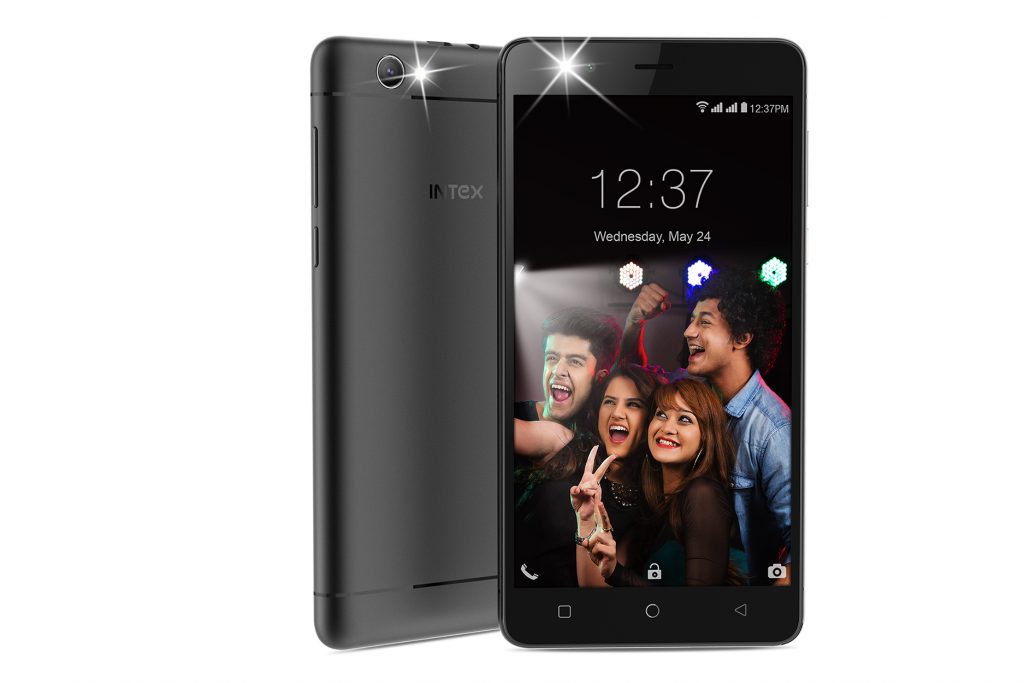

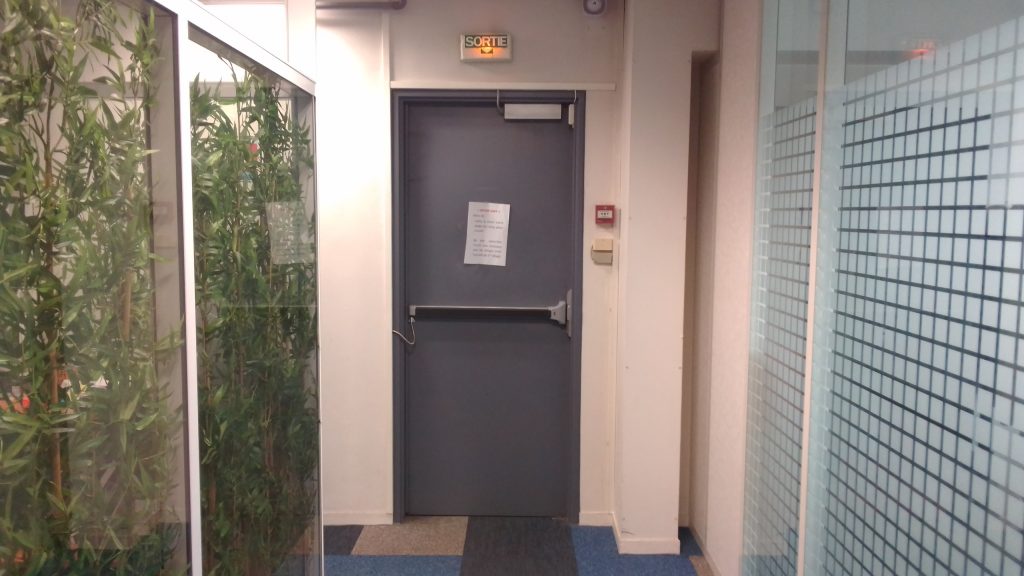
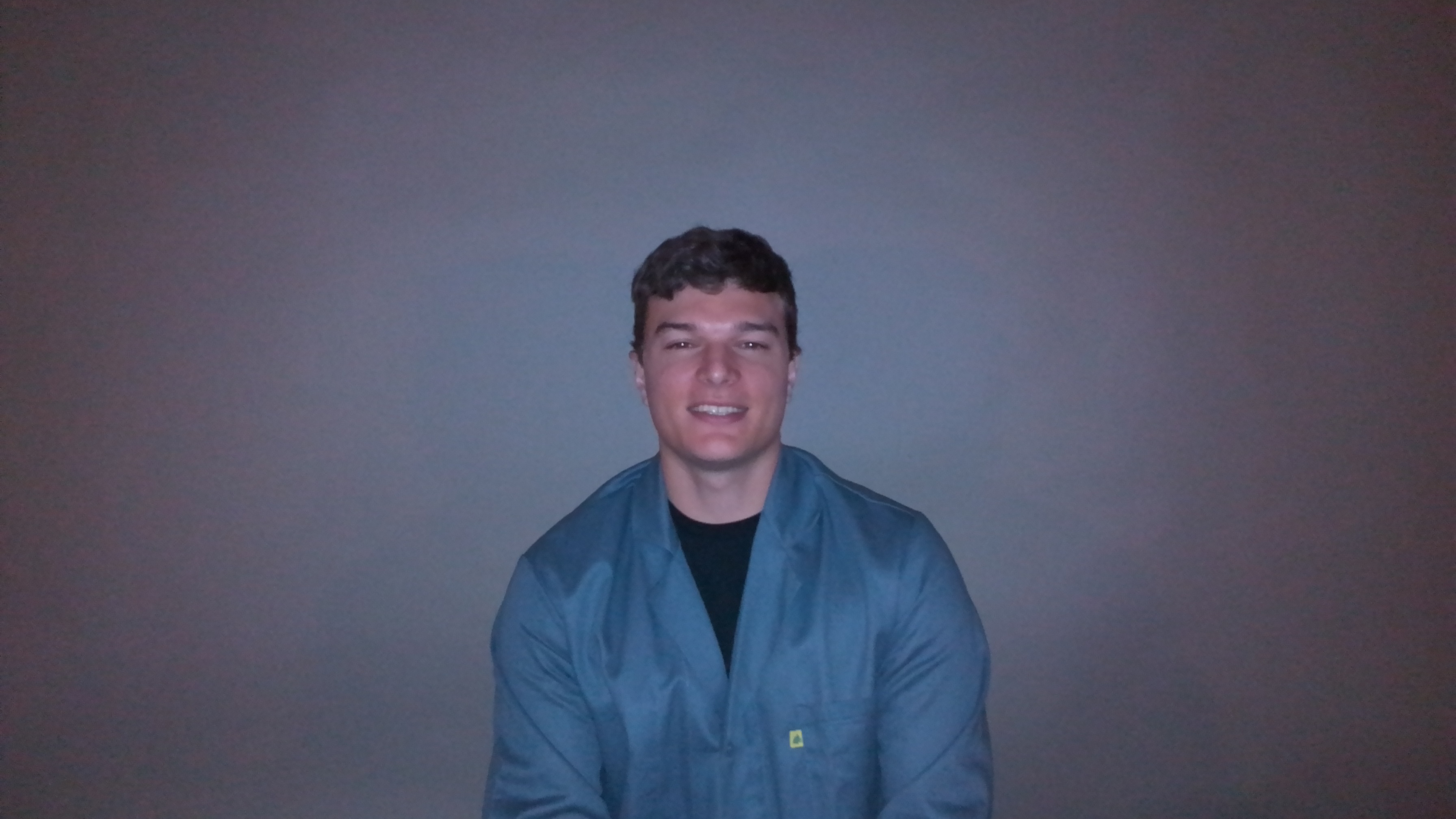



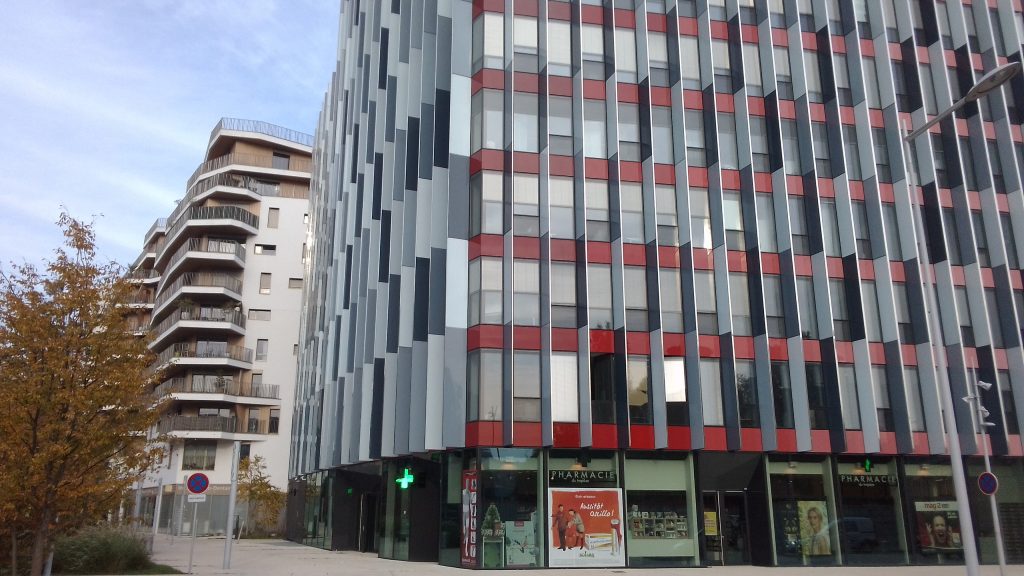
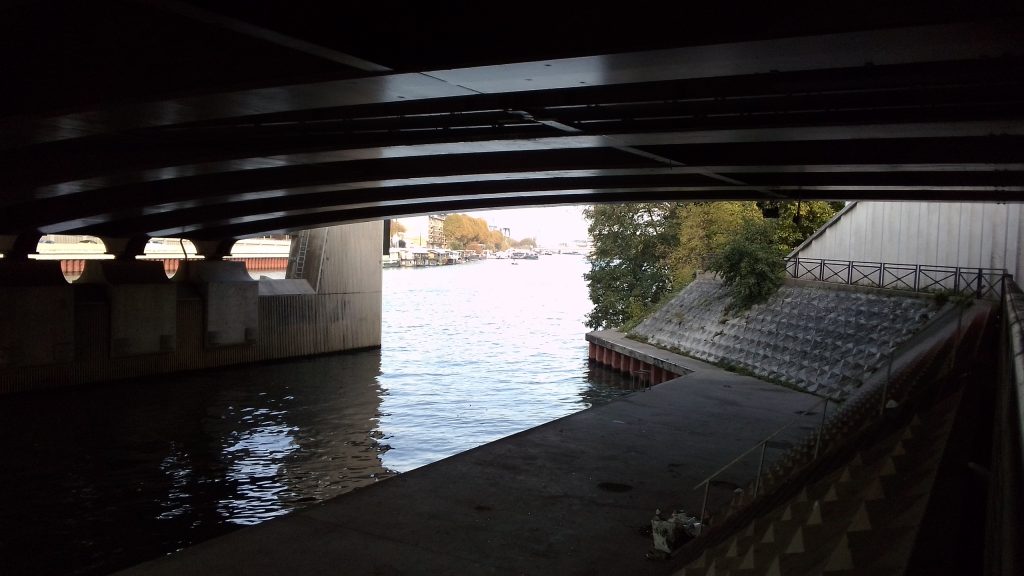
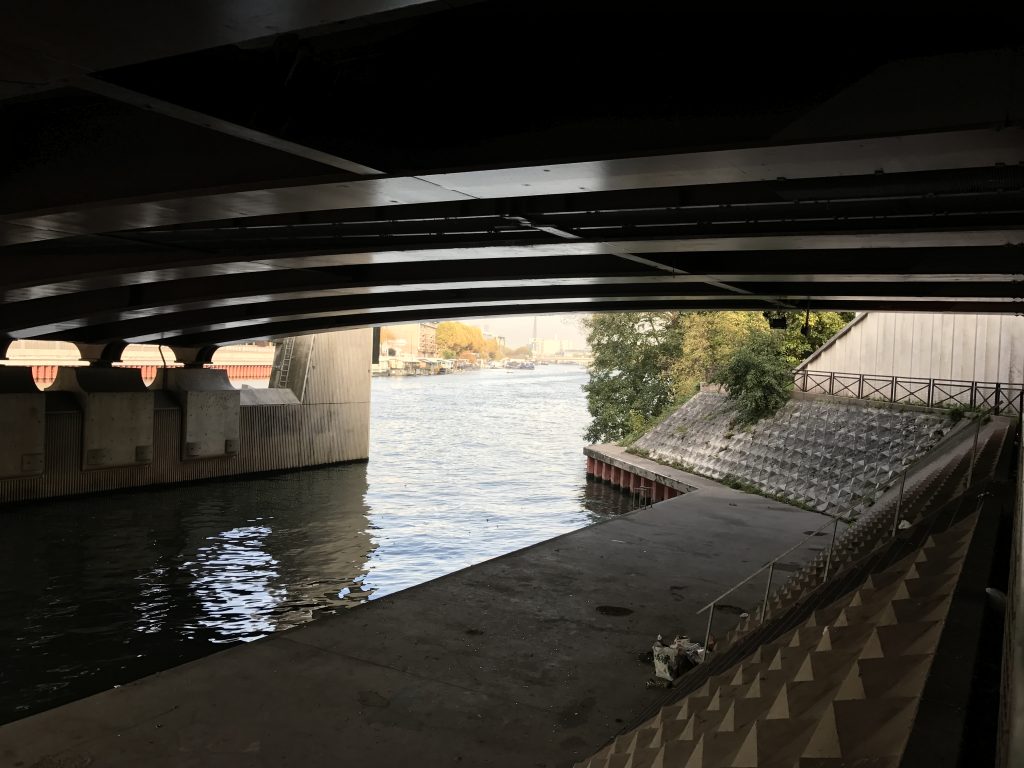
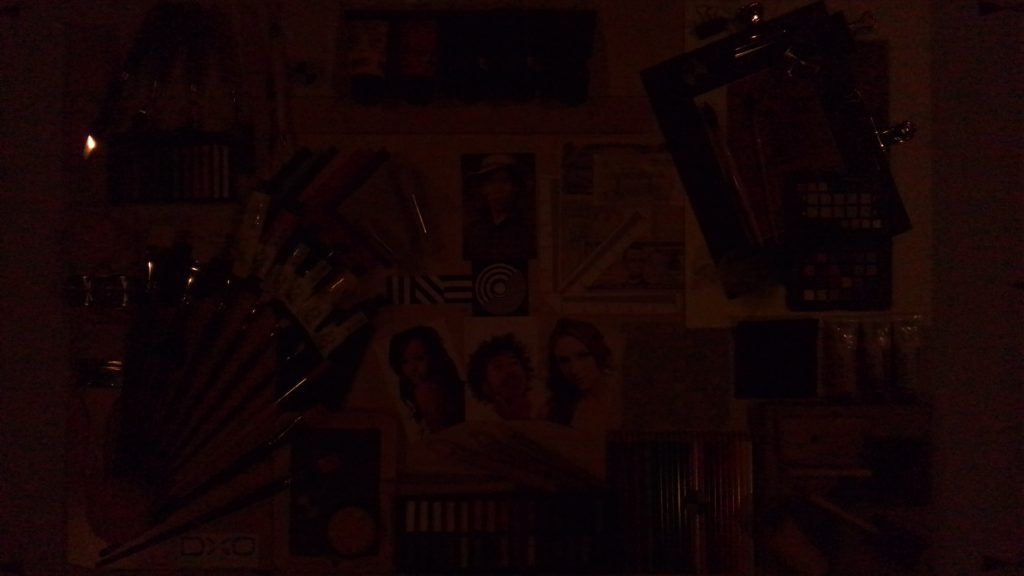
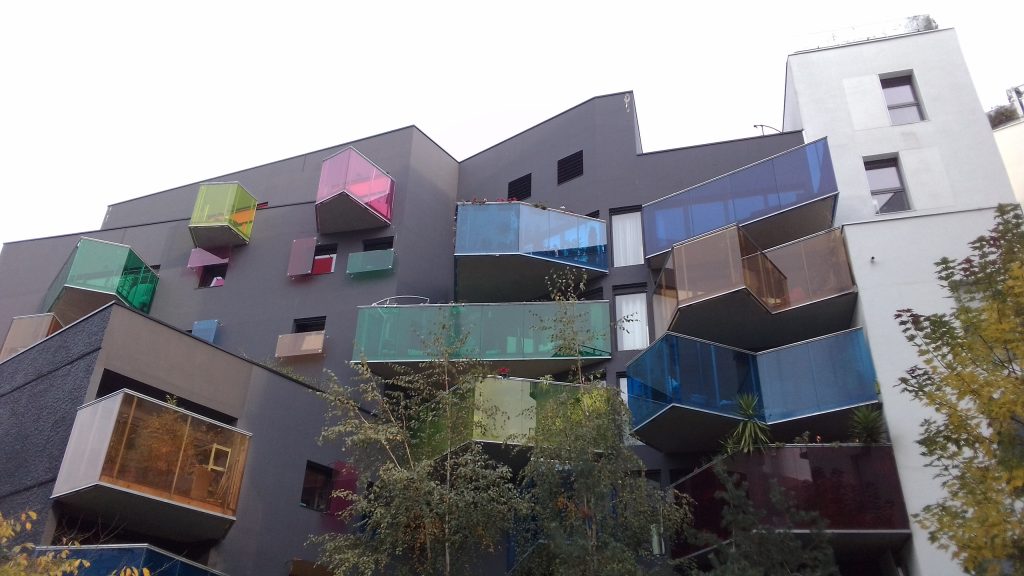
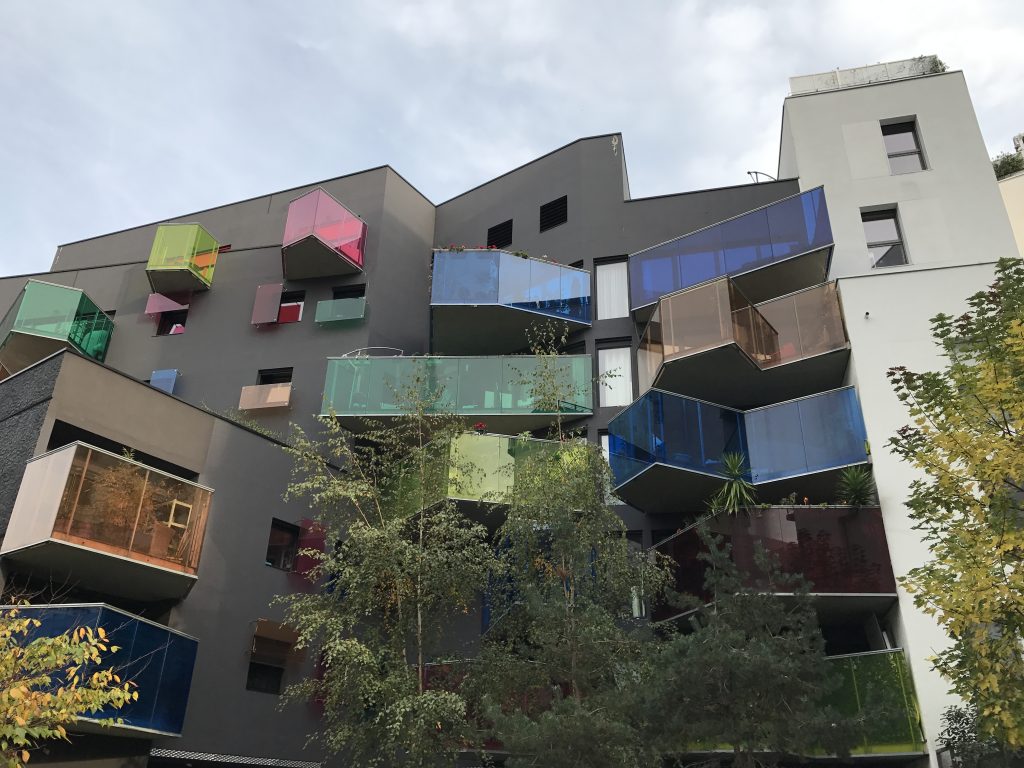

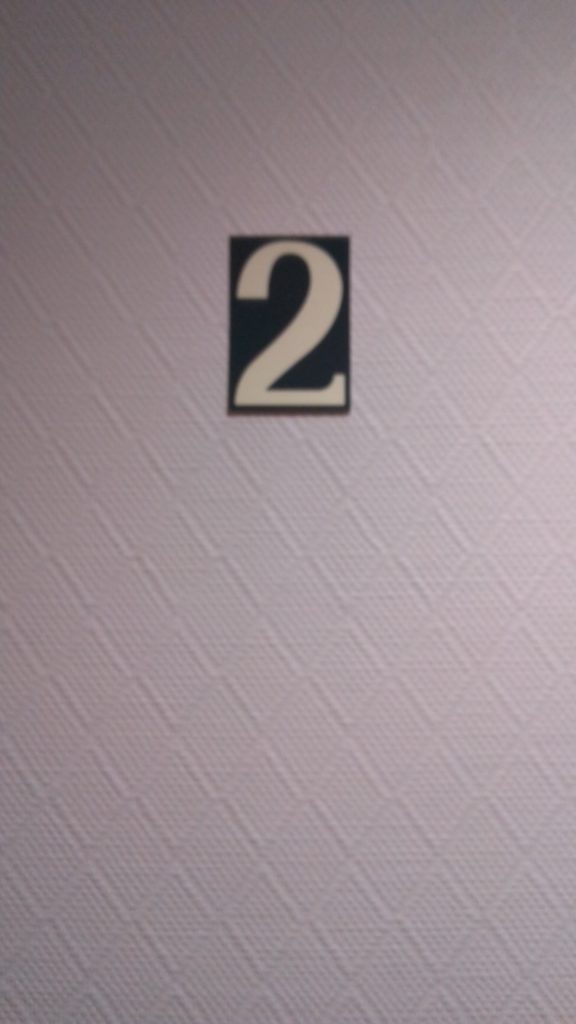
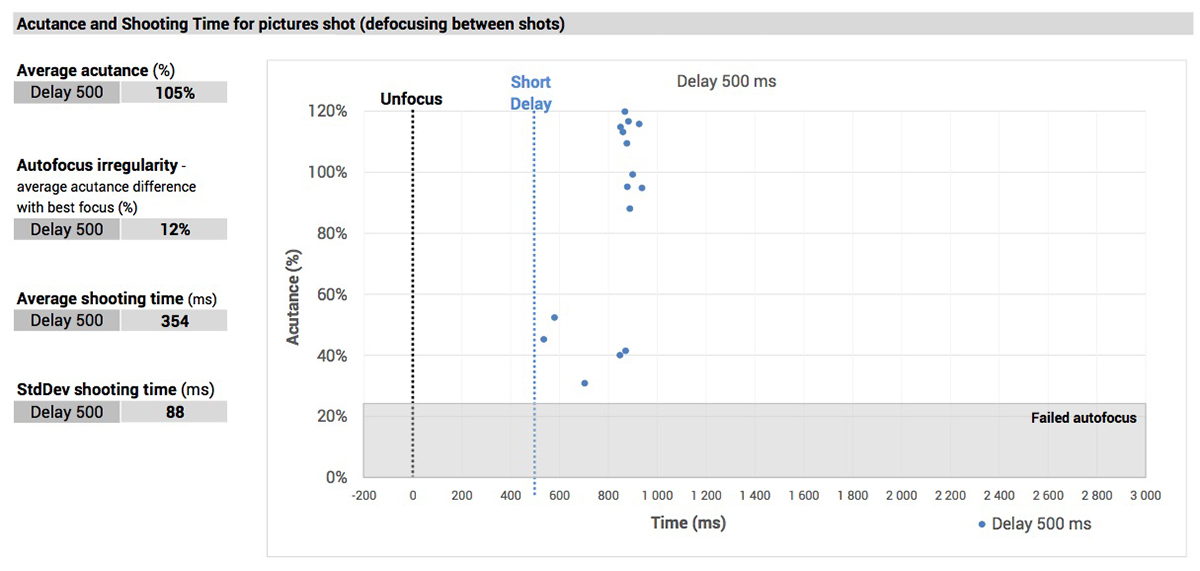
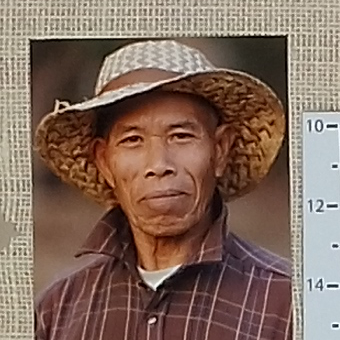
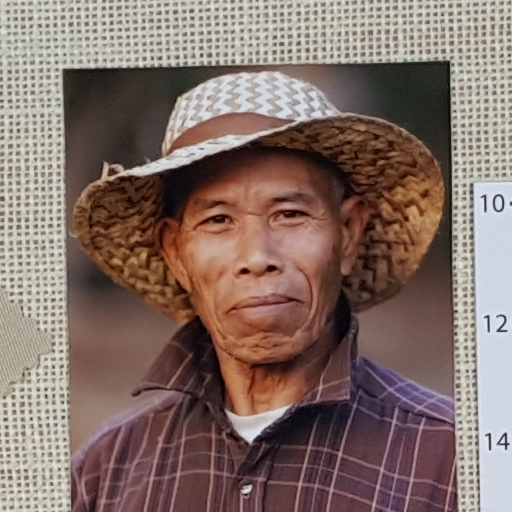
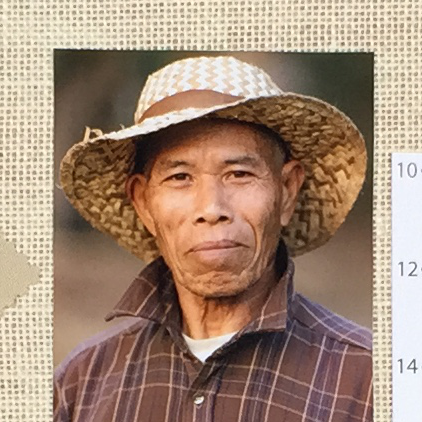
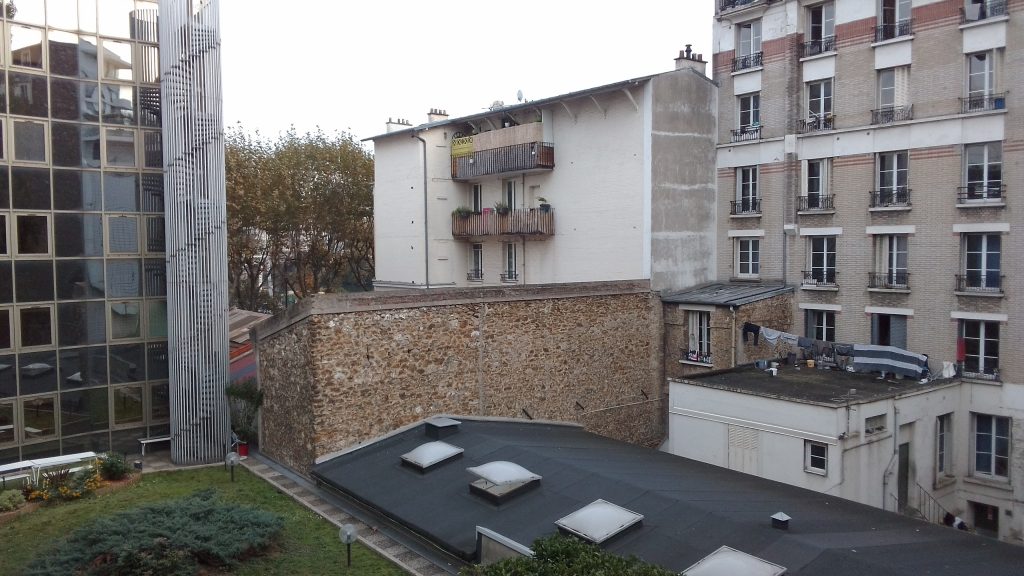

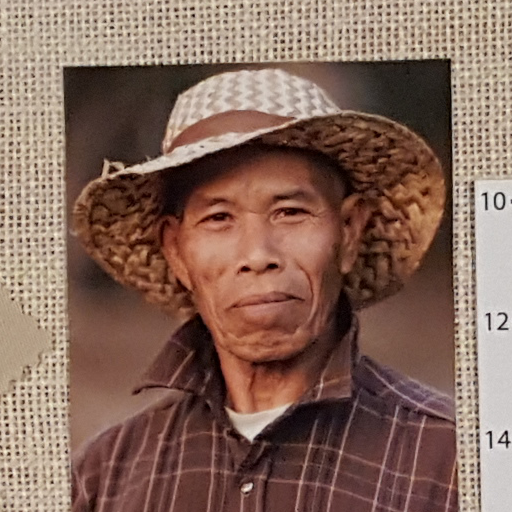
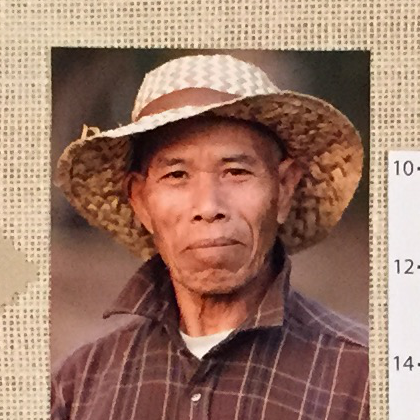
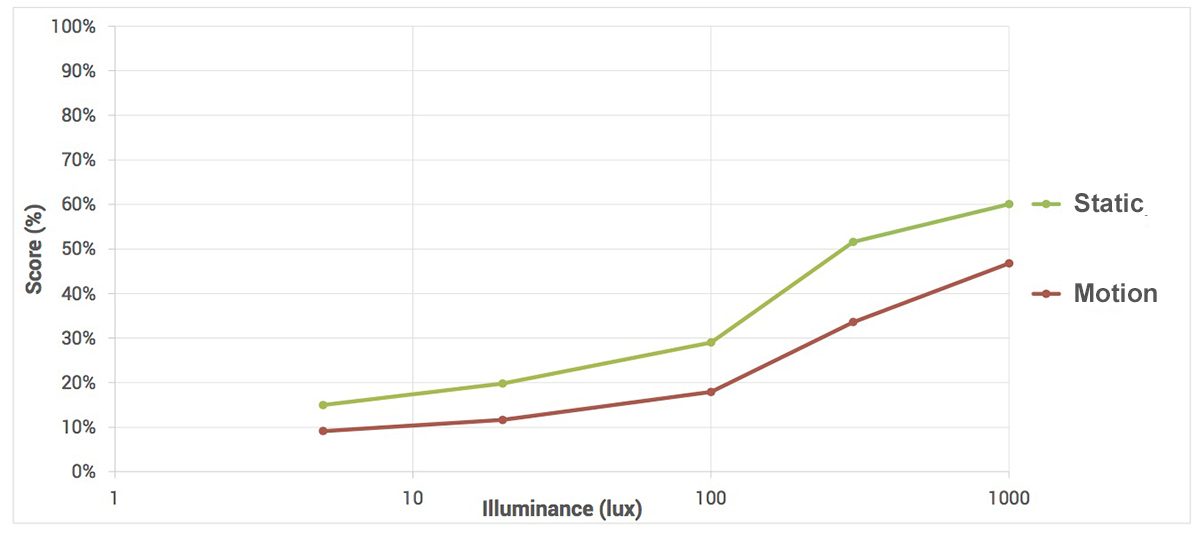
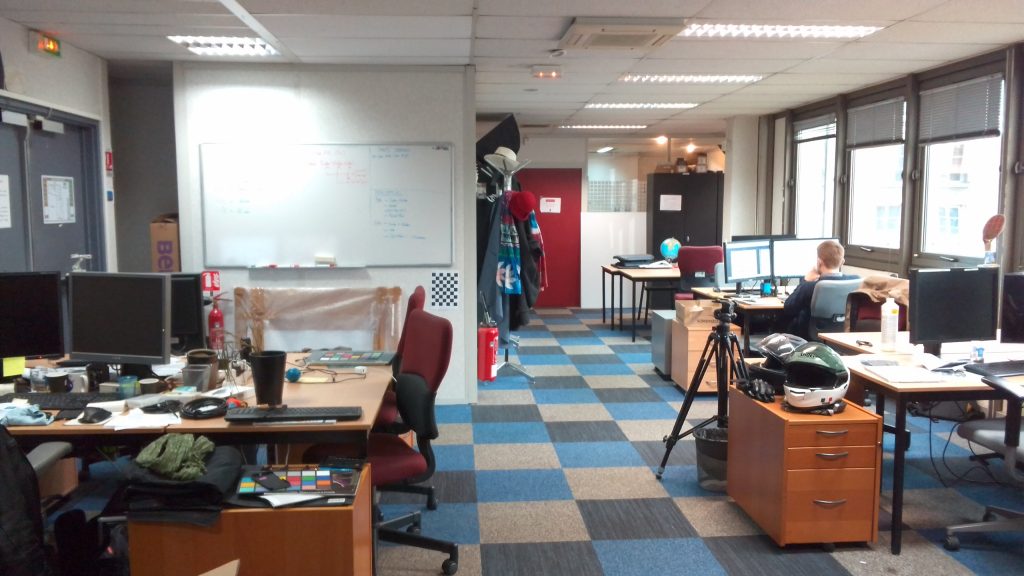

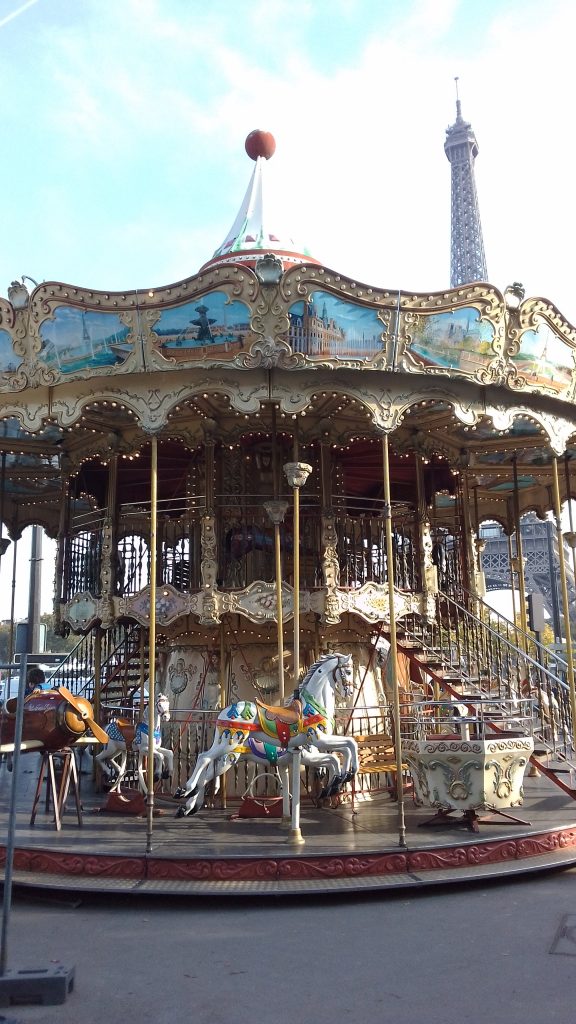
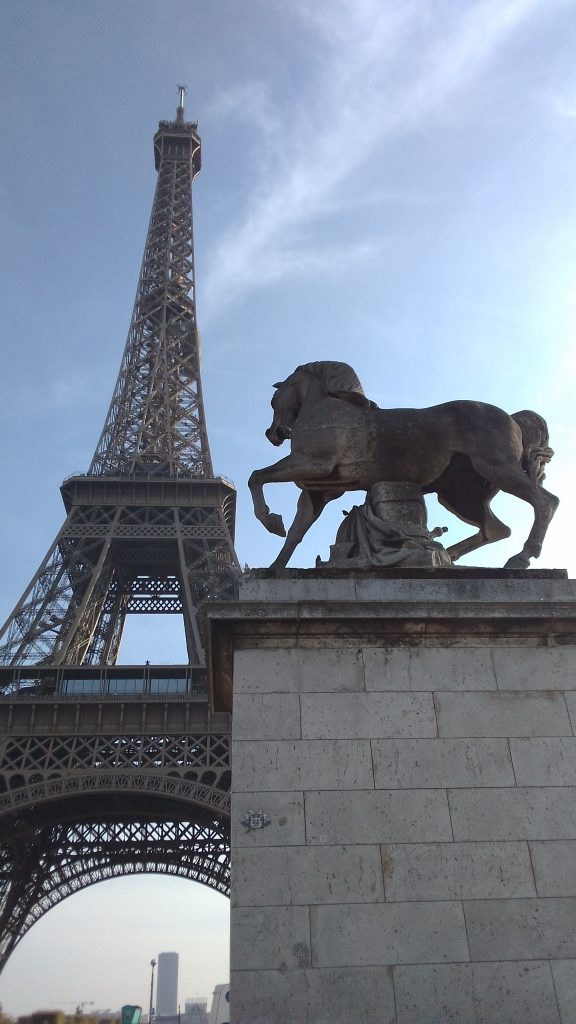
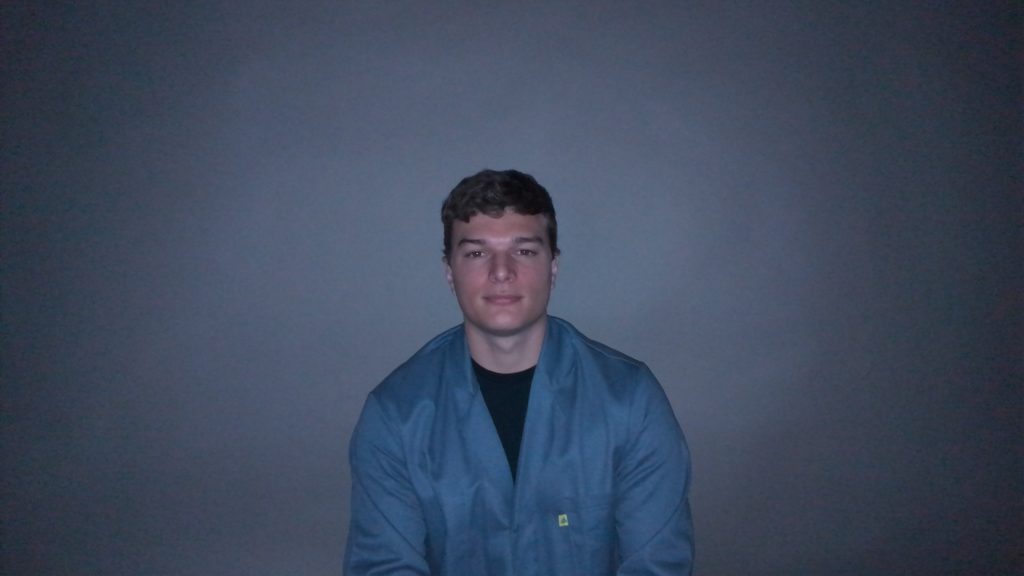
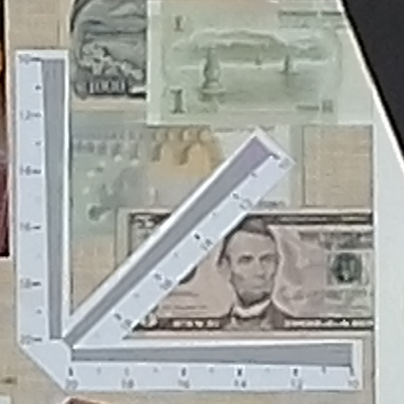
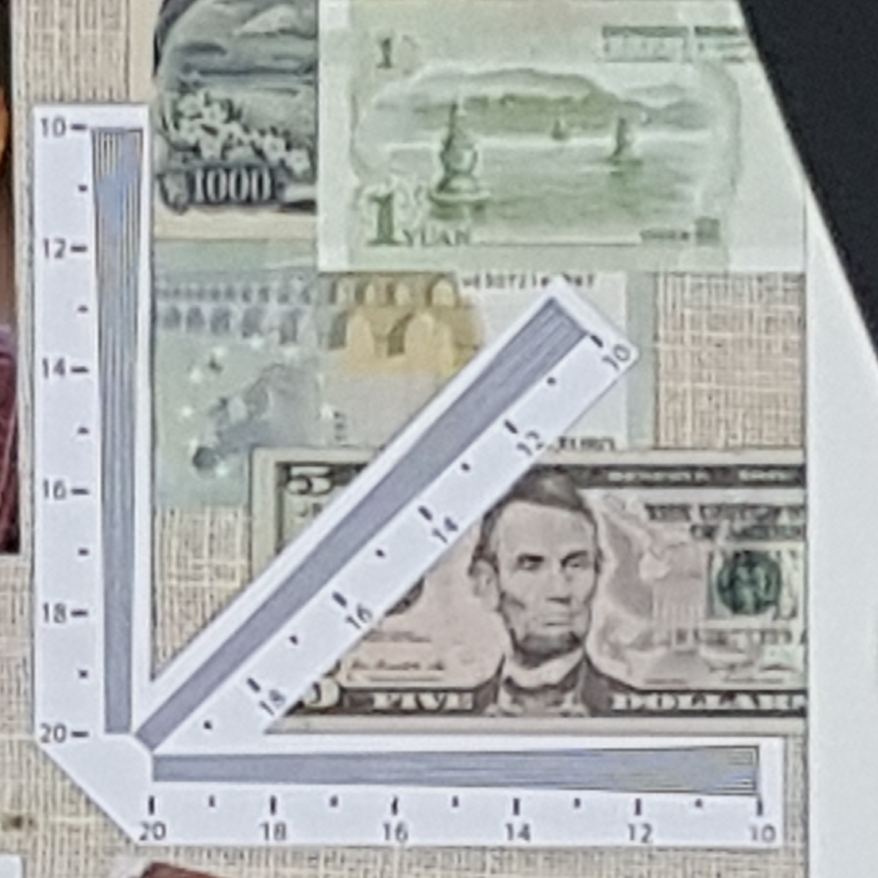
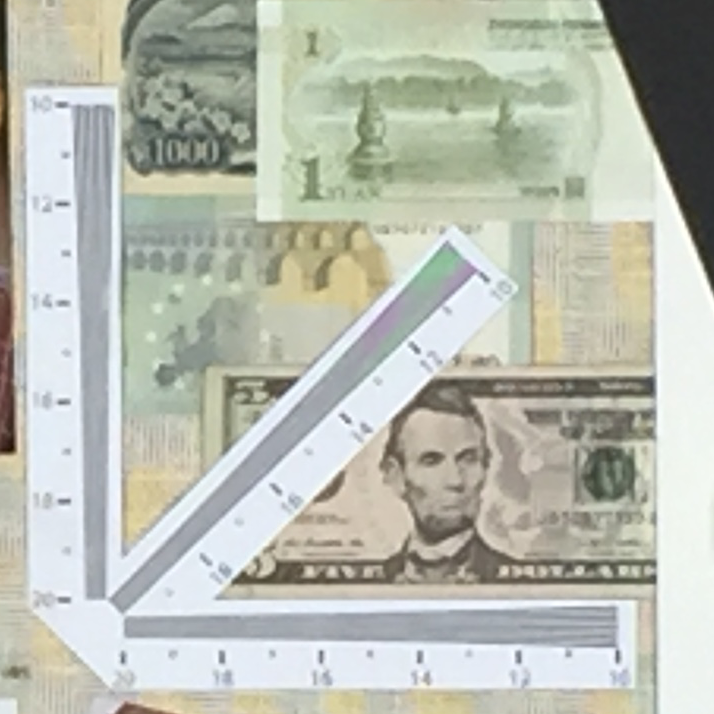

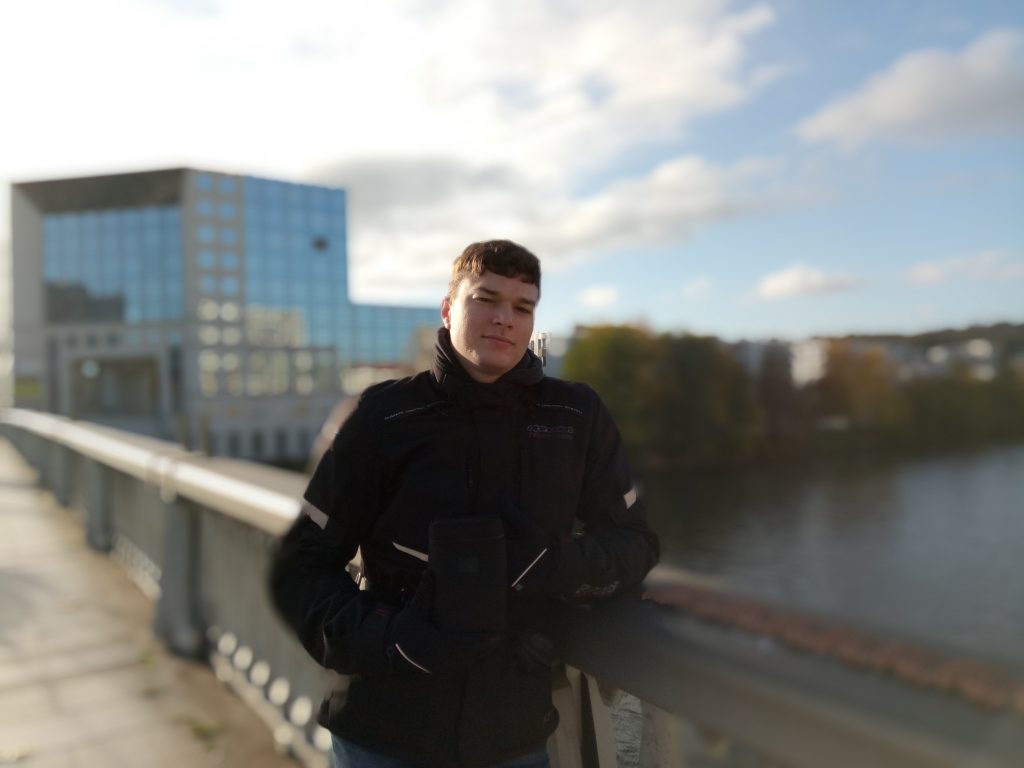
DXOMARK encourages its readers to share comments on the articles. To read or post comments, Disqus cookies are required. Change your Cookies Preferences and read more about our Comment Policy.